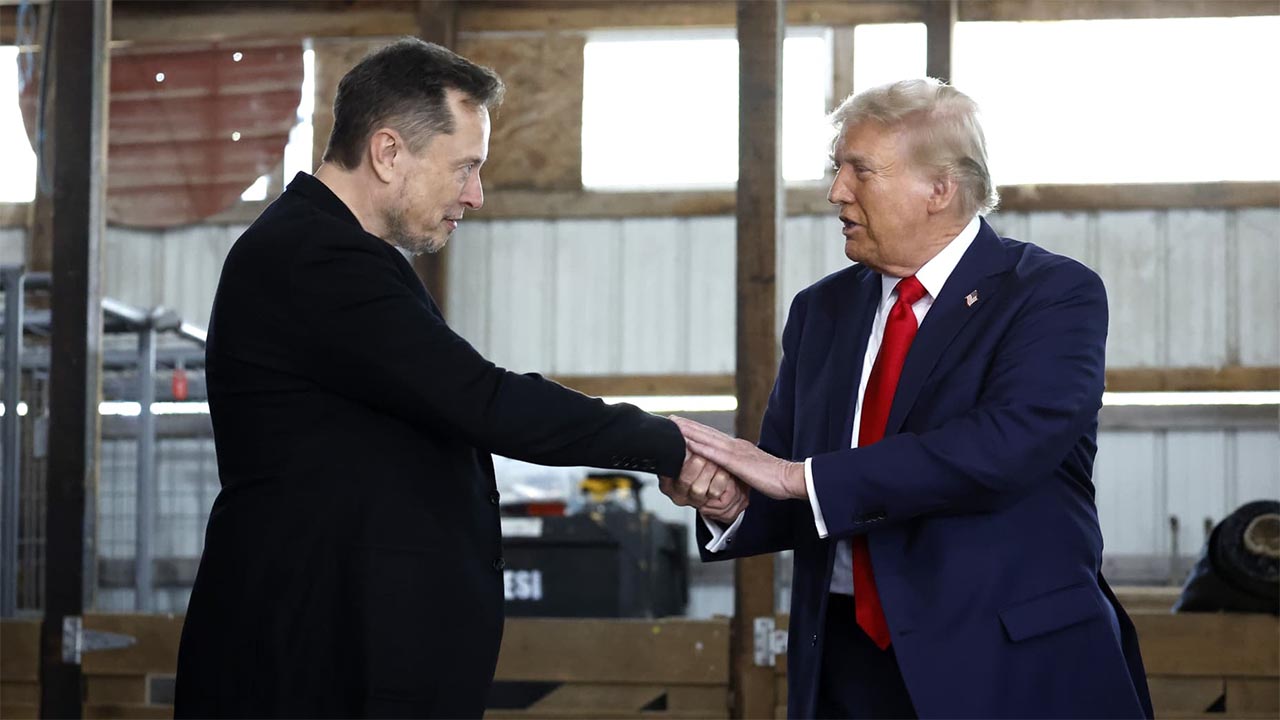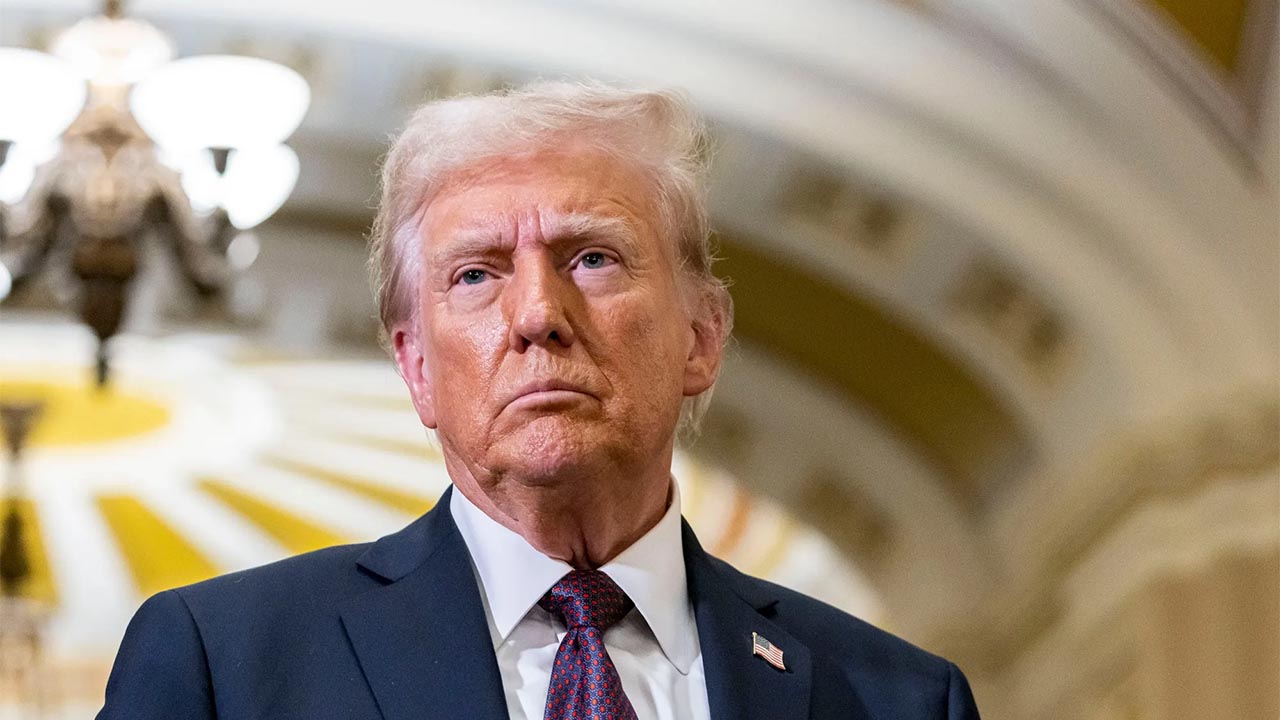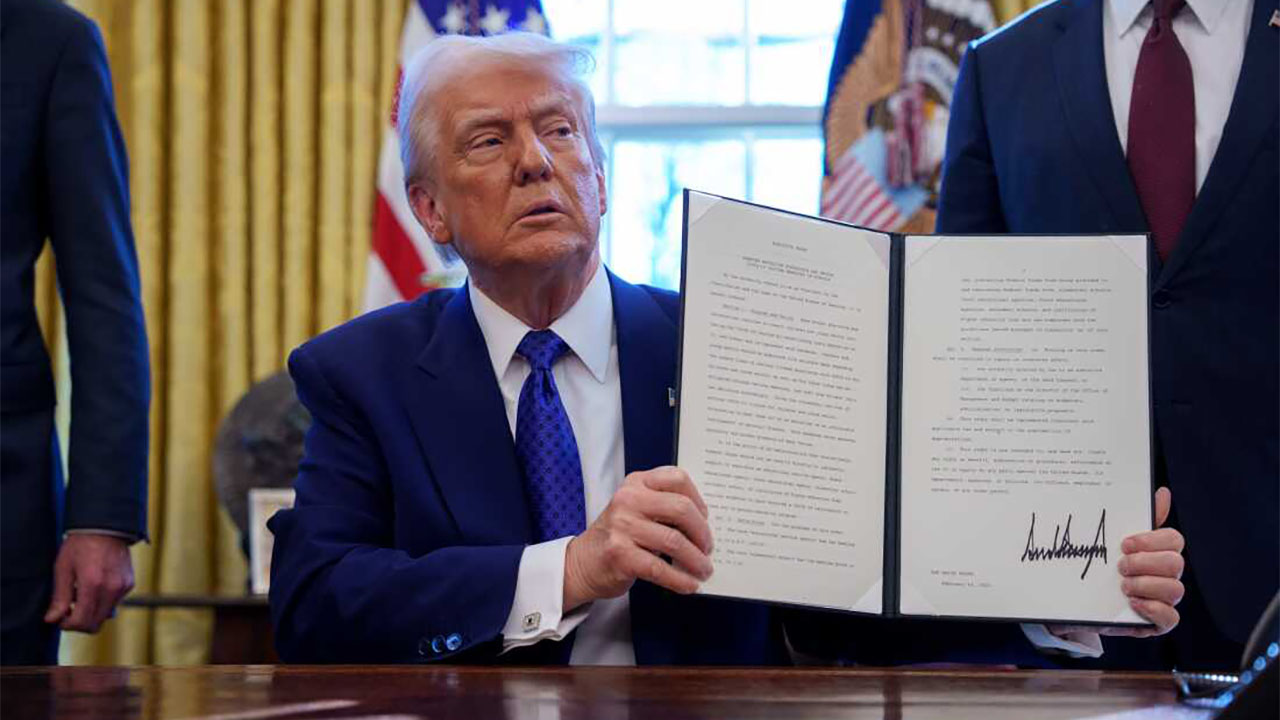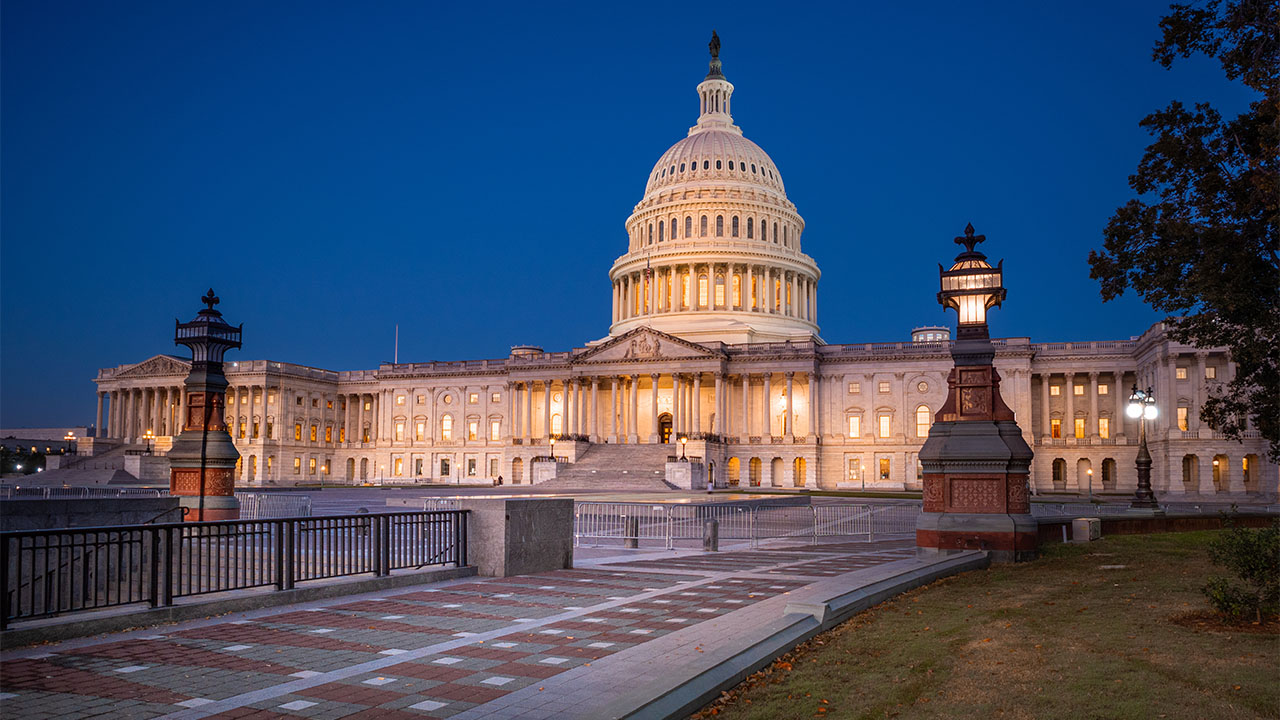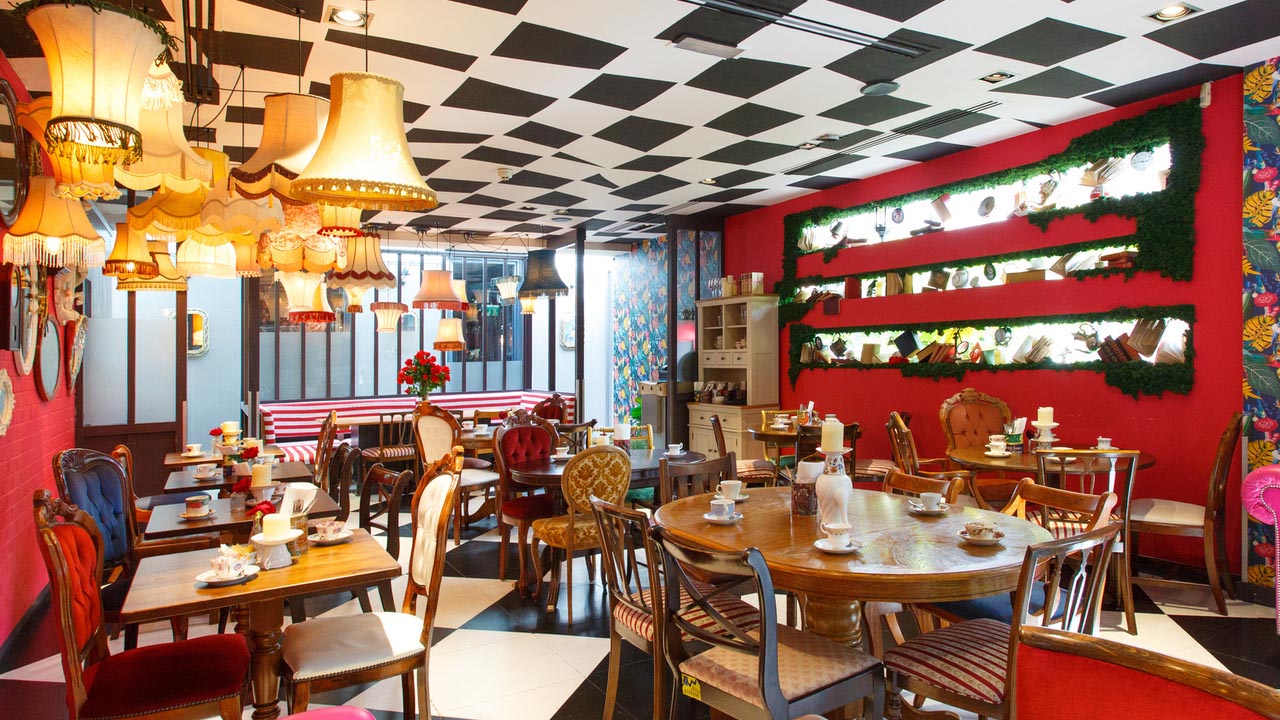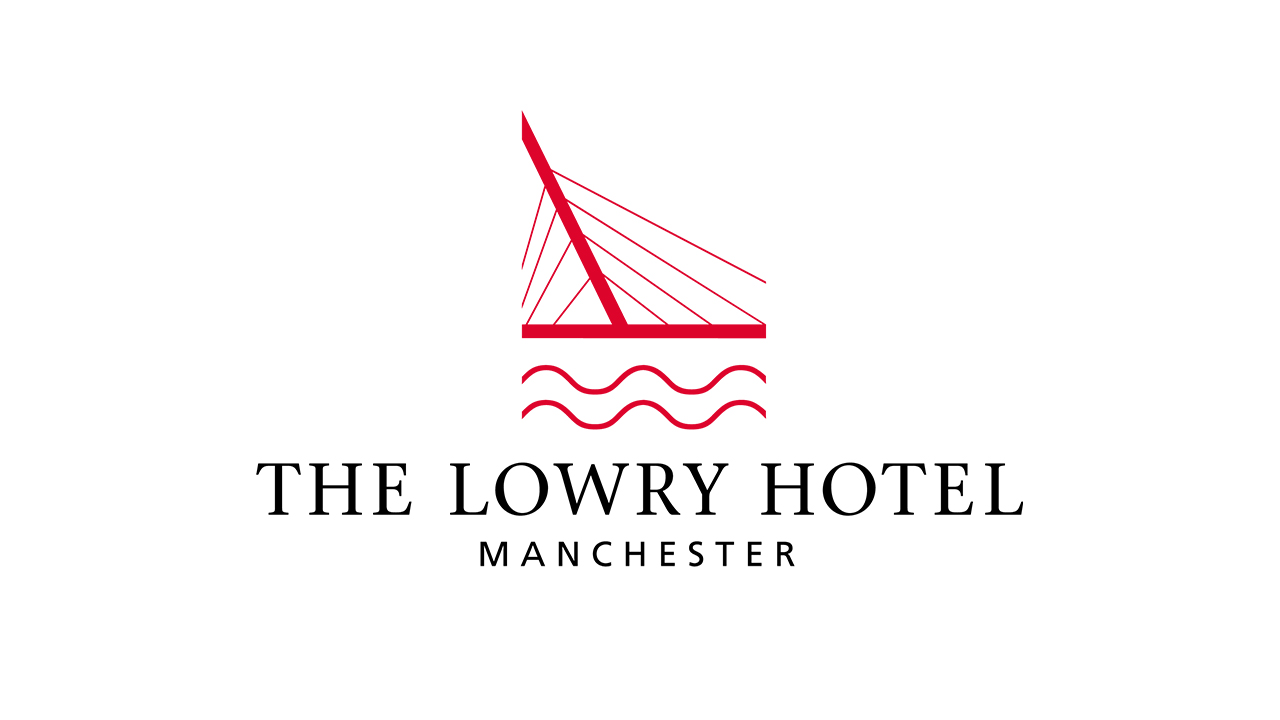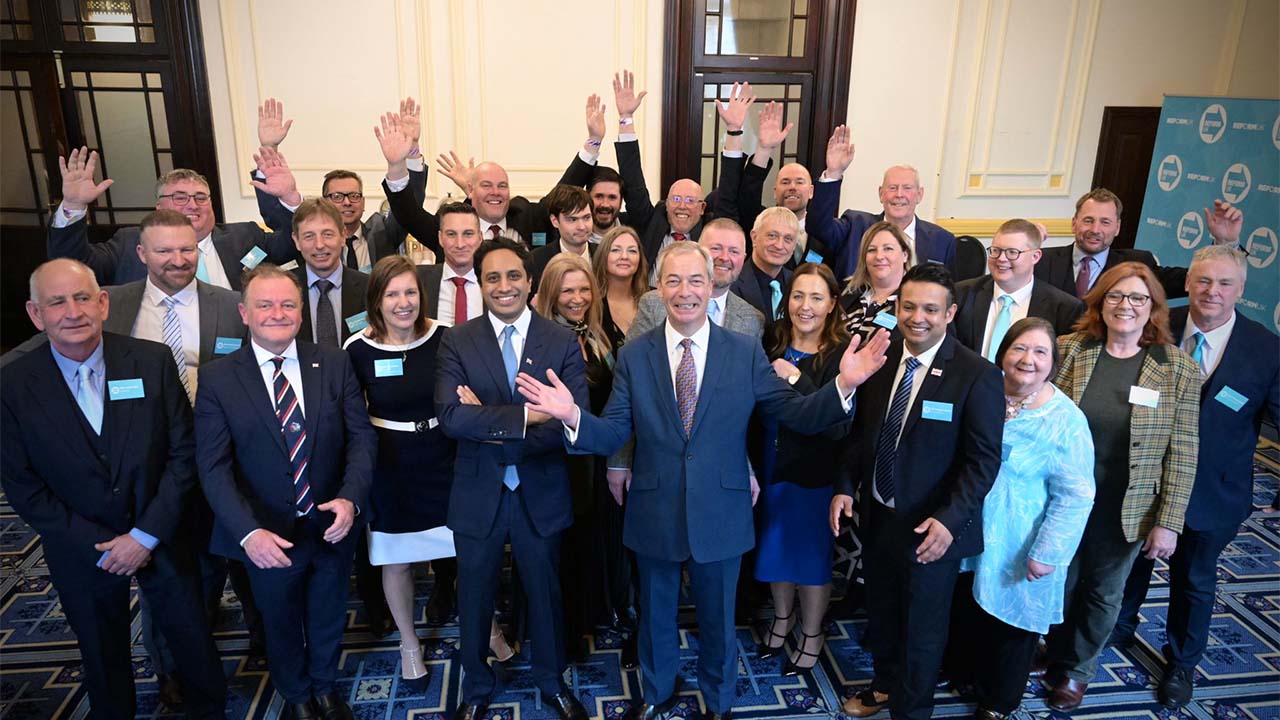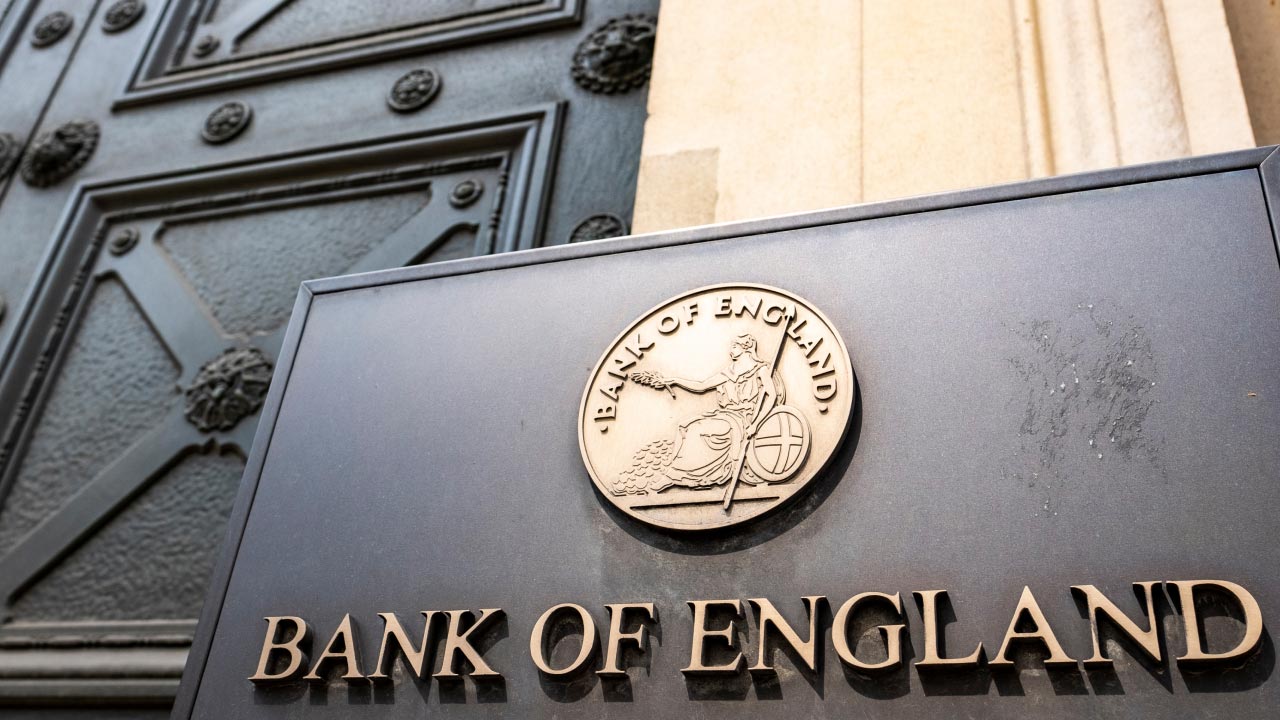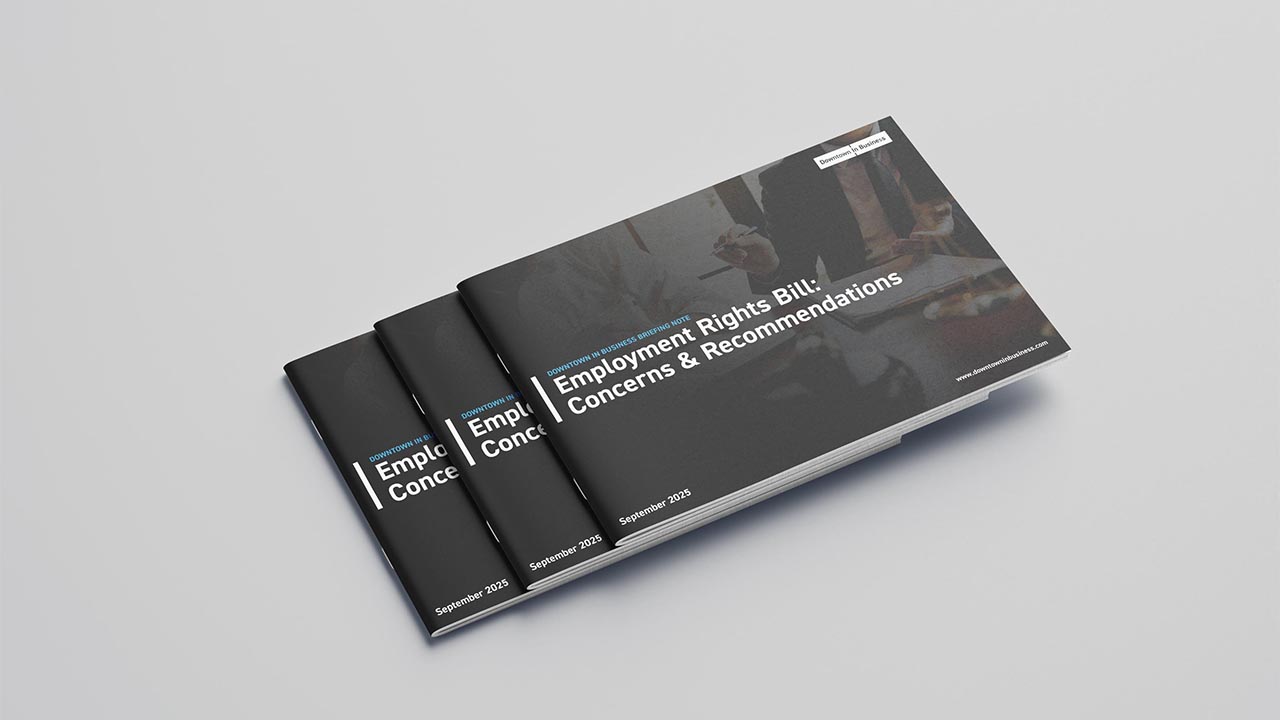Time to pop the Champagne corks – I’m celebrating 12 years running my US-based Public Affairs agency this week, 18 years since we set up the UK office – and what a time it is to be alive and in the strategic advice and political counsel game.
Chaos and uncertainty prevail. Lies are truths. Black is white. Wrong is right.
The week has been ‘unpredictable’ to say the least and by the time I’ve written this it could all have changed again. As we stand, trade barriers are being erected and tariffs as high as 104% will be imposed on products entering the United States this morning.
Ostensibly, the tariffs are reciprocal on global markets which have imposed similar charges on US goods and services for decades. President Trump has called ‘foul’ on this and said he will take necessary action to level the playing field to protect American jobs and businesses.
There aren’t many voices decrying his intention, but there are battalions of them questioning the method.
Car manufacturers, iPhone makers, sneaker and tracksuit stitchers are all screaming ‘the sky is falling in’ – but let’s illustrate the challenge with a sector all of the Downtown in Business audience are passionate about – beer, wine and spirits.
For those of us following the campaigns and political chatter, the threat of tariffs came as no surprise, even if the severity did.
Like everyone else, Nike, Apple and GM had advanced warnings. Even before the election, Trump had indicated his preference for tariffs as a trade policy tool. Back in 2018, when Boeing and Airbus were arguing about who got the biggest subsidies, Trump 1.0 imposed tariffs on European wine and spirits as a weapon in the aircraft manufacturers’ dispute.
At first blush – or White Zinfandel perhaps – big tariffs on European wines, Mexican lager, Scotch and Irish Whiskey should be good news for the US drinks industry.
But tariffs and trade barriers aren’t so straight forward. And there is a bigger geo-political game being played here too.
In all the chit chat about tariffs, Canada and Mexico – the US border nations – were identified early. Stop the Fentanyl, Halt Illegal Immigration – the President cried, and in one of Trump’s moments of headline-inducing madness – Canada to be conquered to become the 51st state.
Hostility with Europe was lively too. Trump fueled MAGA rage because of the region’s lack of meaningful contribution towards its military and defence spending, but also in large part because he has always disliked what it stands for – solidarity, collectivism, cooperation and accountability.
So, with tariffs as a tool for wider policy goals, these two nations and the trading group were always going to be high on the target list. Below China, but above Russia it seems.
But what has all this got to do with booze? Alcohol, it seems, is a key battleground.
Canadian imports of American Whiskey and Bourbon are significant. Mexican-brewed beers are the top selling suds in the US – Modelo passed Bud Light as the US number 1 for the first time in 22 years following the transgender ‘This Bud’s For You’ episode last year, and its owners Constellation Brands fought hard and maintained that leadership position long after the Dylan Mulvaney furore died down.
All this is despite Canada and Mexico being trade partners with the US in USMECA, the Trump 1.0 negotiated replacement for NAFTA, but that didn’t stop the tit-for-tat squabbling.
When Trump announced his plans to march on Ottawa, the Canadian government hit back pulling US booze from its shelves, much to the chagrin of Kentucky’s bourbon makers. And when he added tariffs to European steel, Brussels added a 50% tariff on American whiskeys.
French and Italian wines dominate the high-end of the market in the US.
Never one to backdown, on March 13th Trump announced a 200% tariff on ‘all wines, Champagnes and alcohol from France and other EU countries” though this was never followed through on.
Surprisingly, many American wine producers sighed with relief.
“The reality of tariffs is they hurt the entire drinks industry’” a leading voice explained.
Trade spokespeople pointed out that not only do tariffs push the cost of many ingredients and goods like French Oak barrels, glass, cork and packaging up, they also have a negative impact on distributors, retailers and the restaurants and bars which are critical to the trade. The pain, they warn, will be felt throughout the whole industry.
In part this is because the simplistic idea that consumers will switch from imported products to domestic-produced ones is flawed. That is especially true in fine wines and luxury goods. Champagnes are specific to that region of France, everything else is just a sparkling wine and doesn’t command the premium or the sense of celebration which promotes that.
And for a product which has distinct flavours and characteristics, honed from the soil, the climate and centuries of viniculture, it simply can’t be replaced by a local imposter – any self-respecting Italian restaurateur needs to serve authentic Chianti Classicos and Barolos not cheaper Californian Cabernet.
And the first point of failure if punitive tariffs on imported wine and spirits stick will likely be the bar and restaurant business. When wine arrives from overseas, the tariff is charged to the distributor and they will pass that on to their customers – your local pub, bistro or neighbourhood restaurant – who in turn hope to push it on to you the drinker and diner.
The economics of wine is fascinating. For every $100 of imported wine there is a $452 improvement in revenue across the supply chain. Wine is by far the most profitable menu item in most restaurants and bars, explaining why it is treated with revere and promoted hard. When you sit down at your table there are already wine glasses in situ, suggesting that wine is the correct choice, and the charter of available drinks is a “Wine List” – again giving a gentle nudge towards red or white.
While there are some huge players in the wine industry, much of the $32 billion of imported wine comes through a network of 4000 small US importers and distributors.
For these small regional operators, margins are tight. They fight against global drinks behemoths to get space for their craft and artisanal drink products on the taps and shelves in bars and restaurants, but if they fail, the route to market for domestic craft brewers and spirits distillers closes too.
The tariff war is only just beginning. New geopolitical alliances are being forged while long established ones are becoming strained. It isn’t clear if the architect of all the chaos, The US President, understands or is concerned about the impact of his policy experiment on global trade and the immediate knock-on effect it is having on small and medium-sized businesses across the nation.
So, for now, the Champagne remains on ice.
We will celebrate our anniversary with a cake and a cup of tea instead and save our toasts for when the tariffs are removed, hopefully we can all drink to that!



